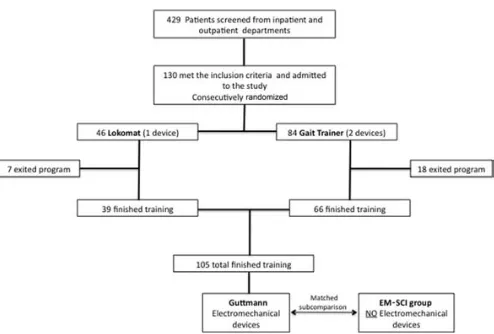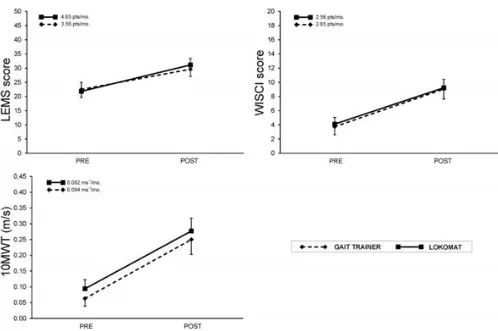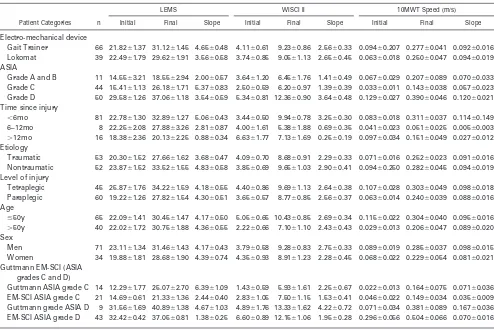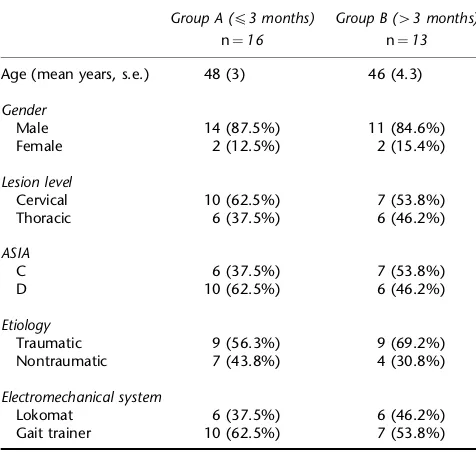Entrenamiento de la marcha en el lesionado medular. Uso de sistemas electromecánicos y estimulación transcraneal no invasiva
Texto completo
Figure

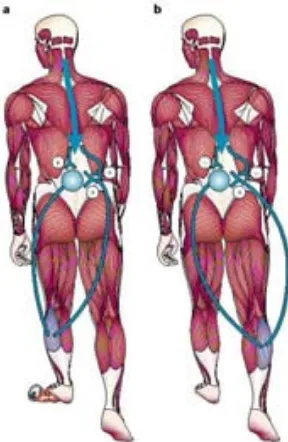
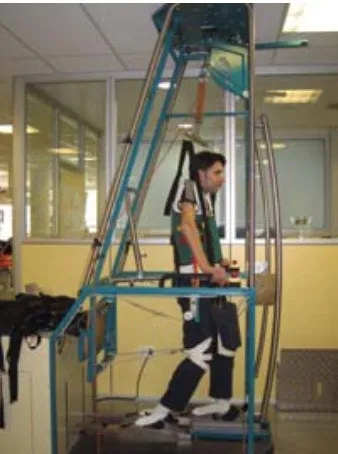
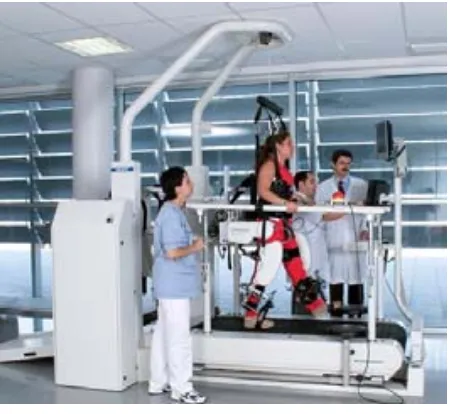
Documento similar
For the second case of this study, the features for training the SVM will be extracted from the brain sources estimated using the selected SLMs MLE, MNE and wMNE. The scenario is
In this work, the improvement of the interface quality of these SLs in terms of compositional abruptness and surface roughness has been evaluated by implementing different
For the elliptical resonator fabricated by the hybrid approach it has been measured the resonance frequency, but still more effort in the fabrication process is needed in order
For this reason different methodologies have been evaluated in this thesis to increase water use efficiency in Andalusian agriculture by means of the improvement in the
Table VII shows the results of the five tests assessing visual object and visuospatial skills. The cognitively preserved group did not show statistically significant differences
In this study of consecutive SCI cases admitted to a rehabilitation facility, we show that serum total cholesterol and HDL-c are lower when the subject has a lower motor grade and
The broad “WHO-ICF” perspective on HrWB provided at Figure 1 has a significant implication also for HRQoL. The develop- ment of ICF and its conceptual approach has challenged to
Igual que había ocurrido en el cronograma de la primera actividad académica dirigida, se establecieron horas de tutorías colectivas especializadas y grupos de trabajo, así
